Cart totals
| Subtotal | €22.00 |
|---|---|
| Shipping |
Shipping options will be updated during checkout. |
| Total | €28.81 (includes €2.38 VAT) |
| Subtotal | €22.00 |
|---|---|
| Shipping |
Shipping options will be updated during checkout. |
| Total | €28.81 (includes €2.38 VAT) |
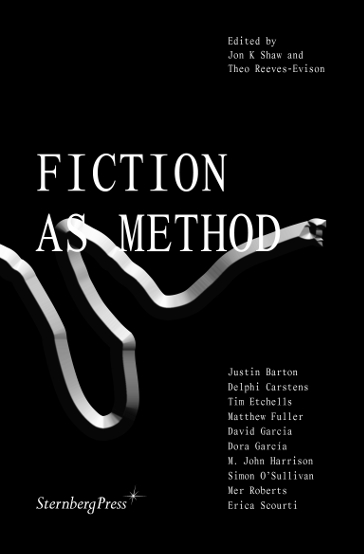
See the world through the eyes of a search engine, if only for a millisecond; throw the workings of power into sharper relief by any media necessary; reveal access points to other worlds within our own. In the anthology Fiction as Method, a mixture of new and established names in the fields of contemporary art, media theory, philosophy, and speculative fiction explore the diverse ways fiction manifests, and provide insights into subjects ranging from the hive mind of the art collective 0rphan Drift to the protocols of online self-presentation. With an extended introduction by the editors, the book invites reflection on how fictions proliferate, take on flesh, and are carried by a wide variety of mediums—including, but not limited to, the written word. In each case, fiction is bound up with the production and modulation of desire, the enfolding of matter and meaning, and the blending of practices that cast the existing world in a new light with those that participate in the creation of new openings of the possible.
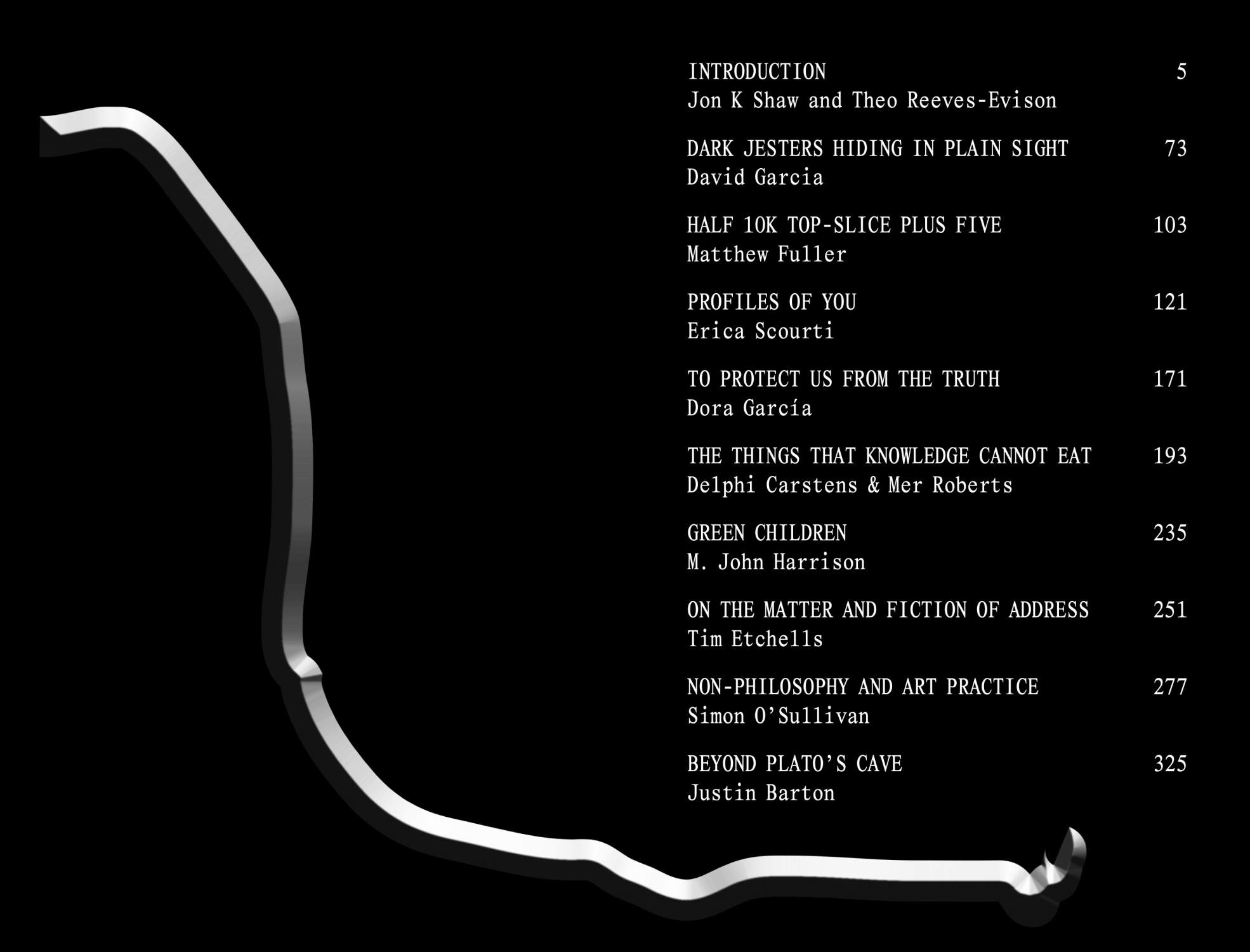
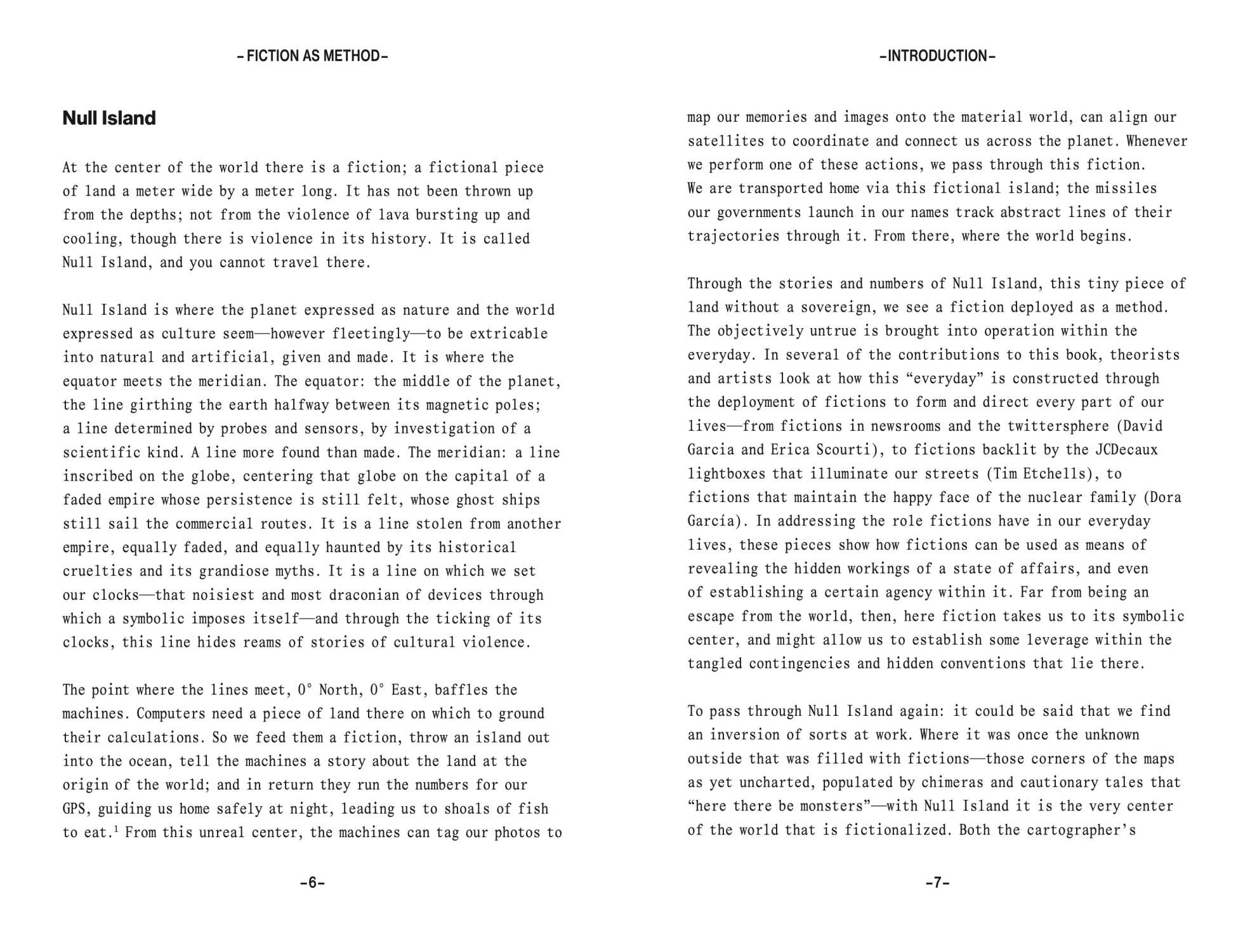
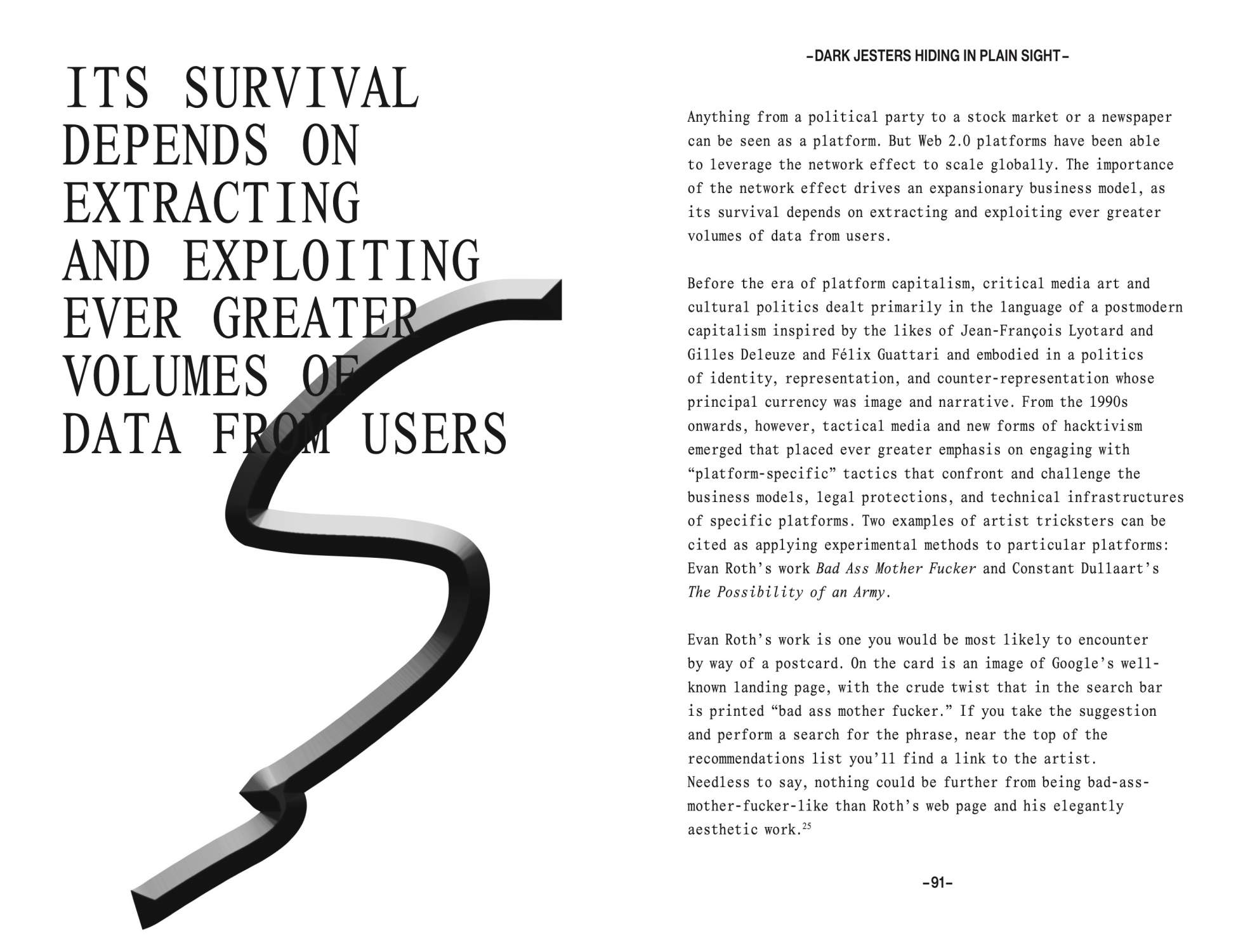
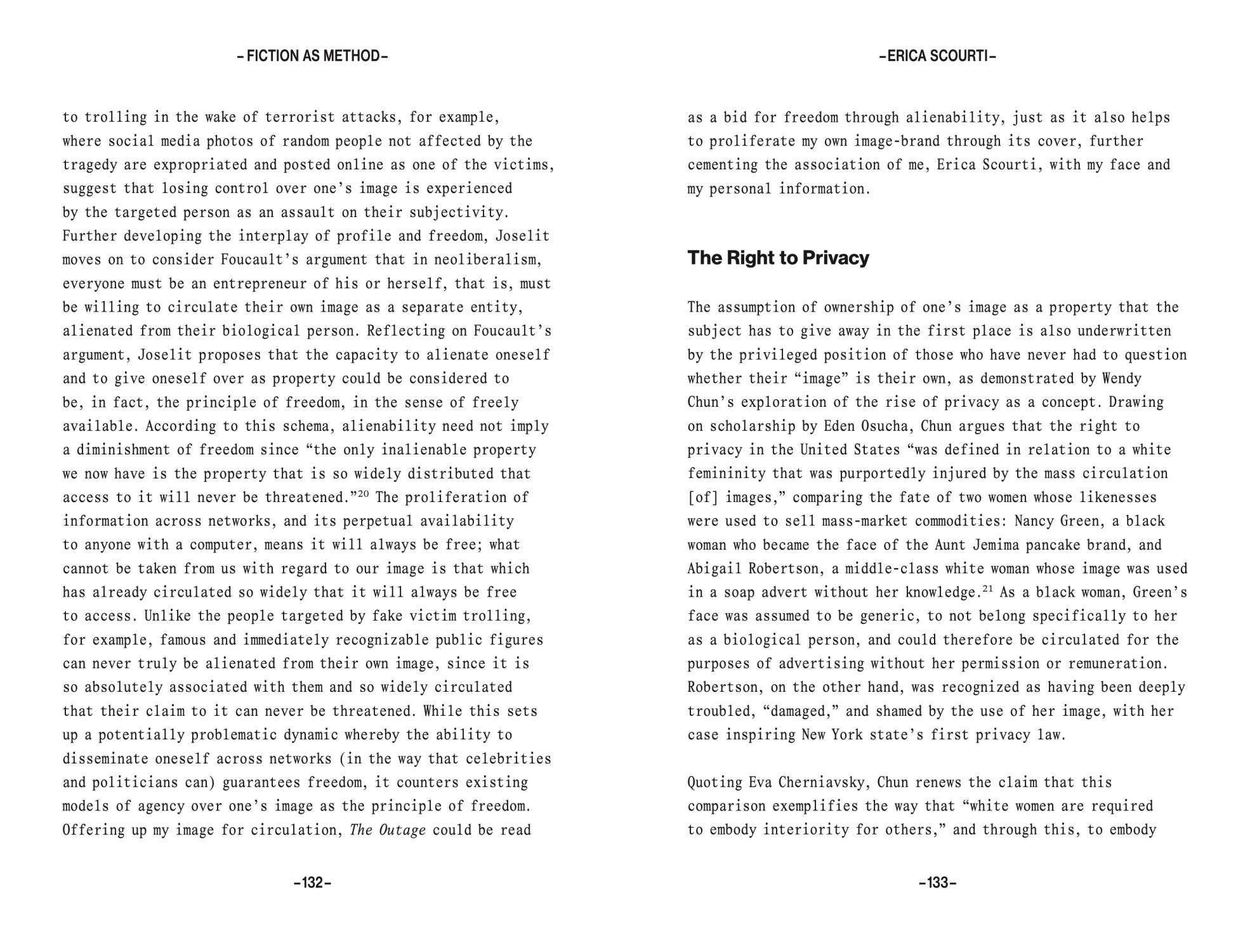
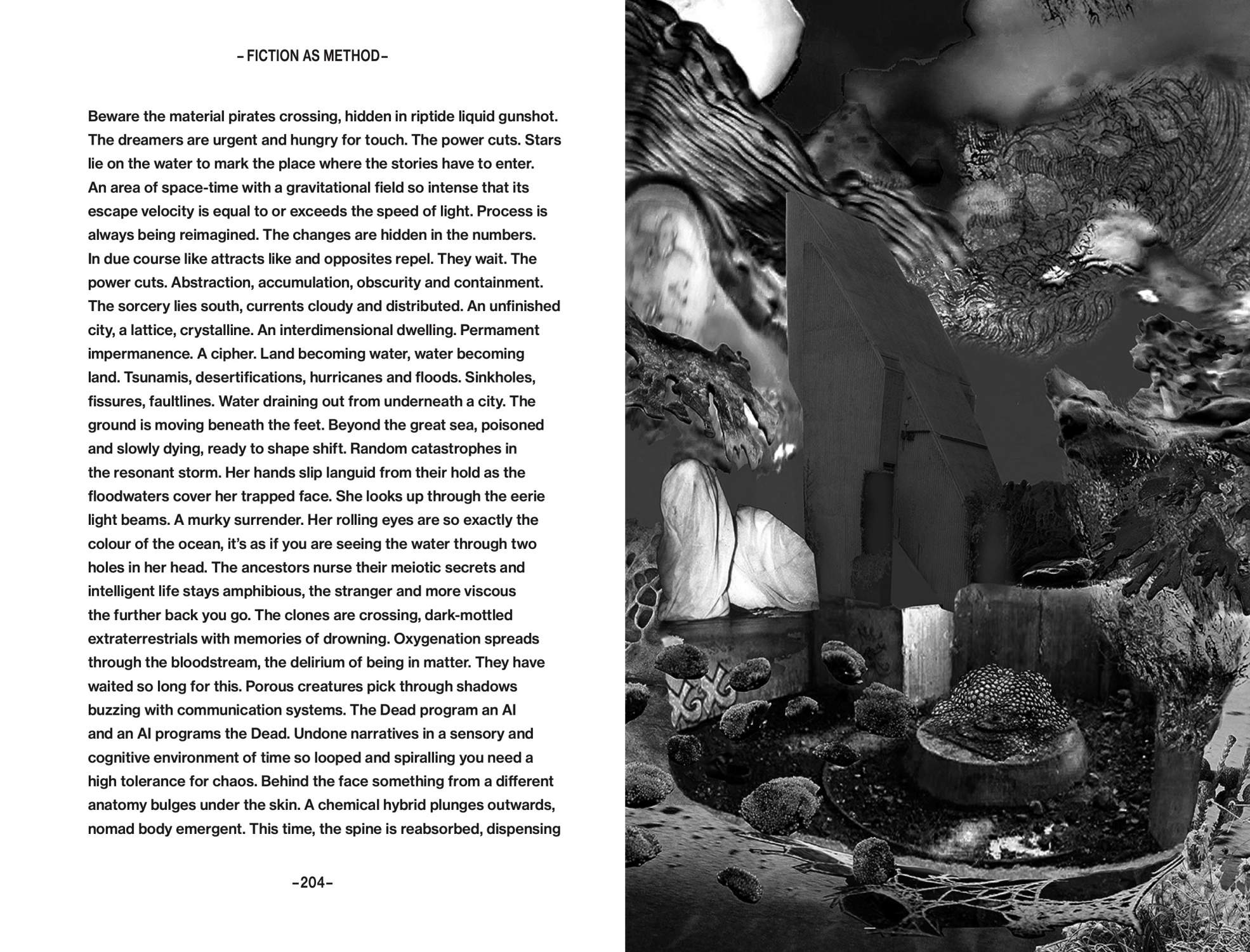
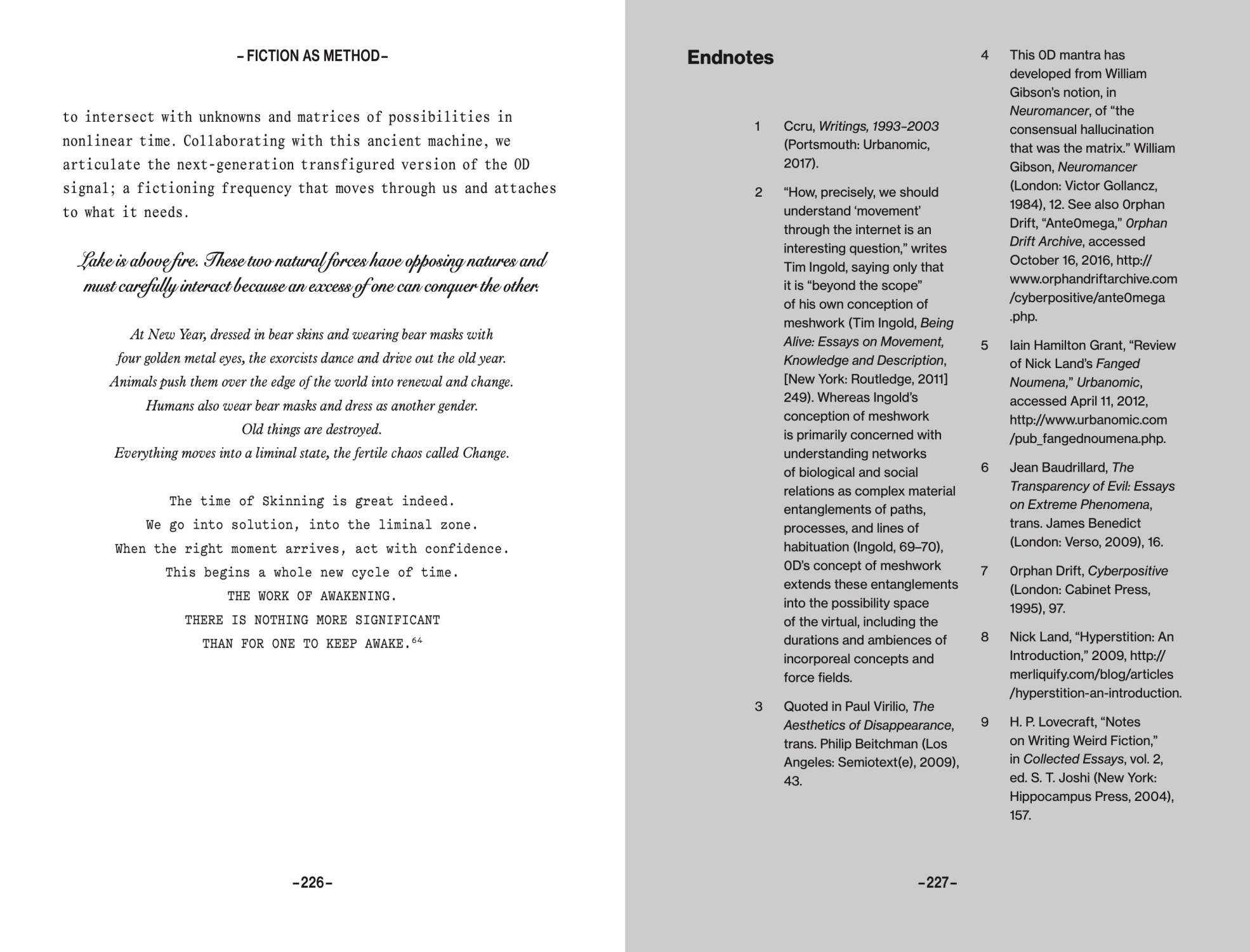
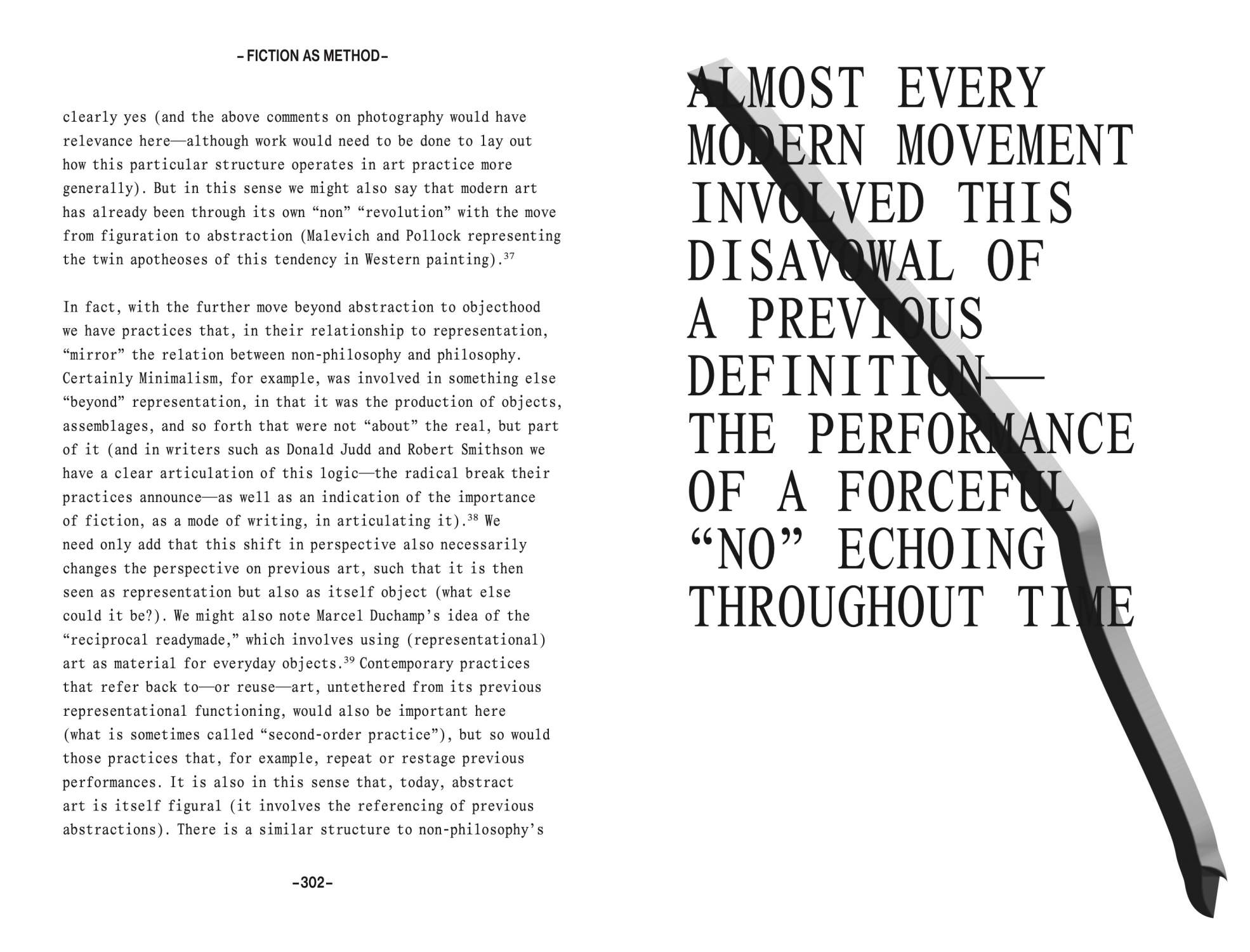
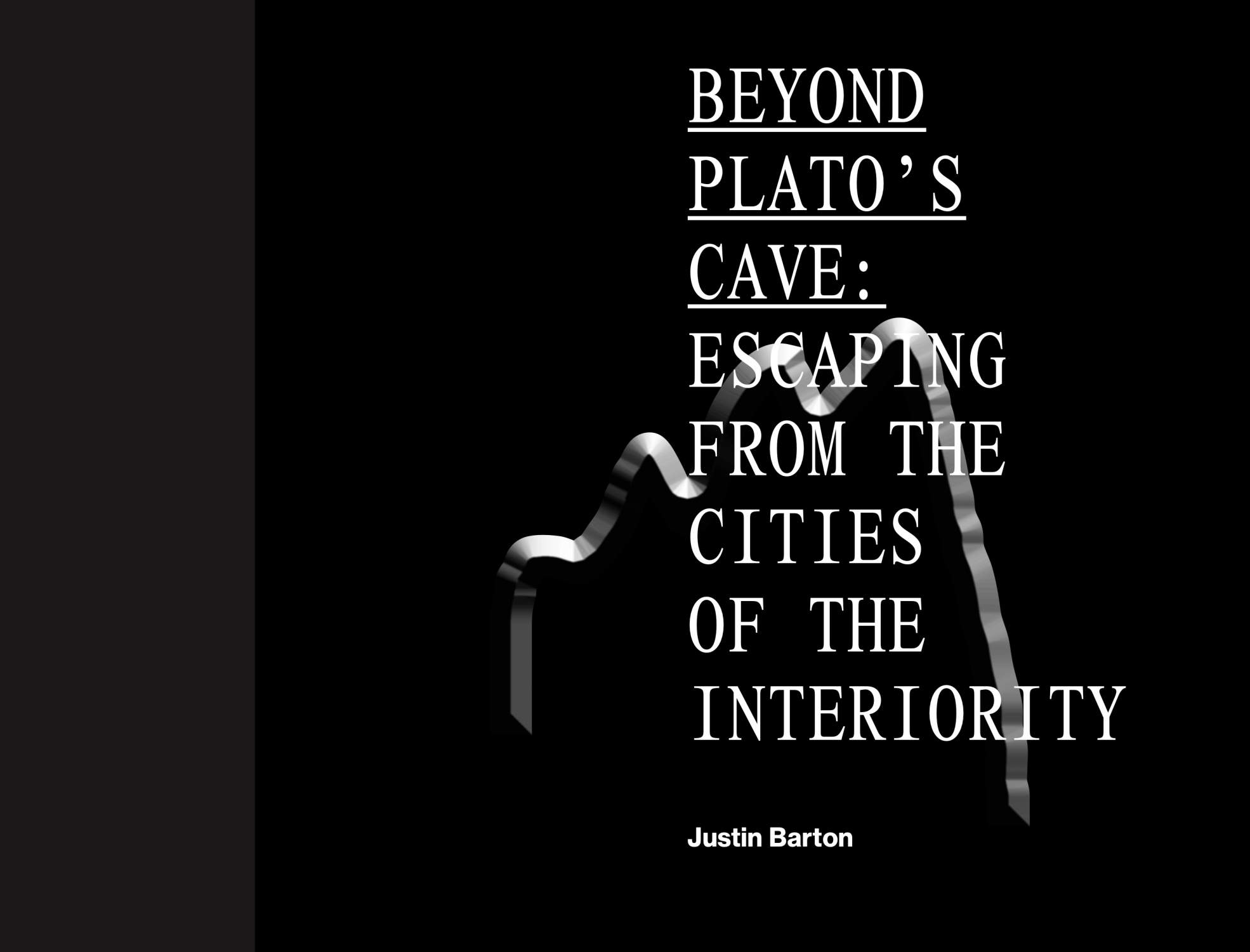
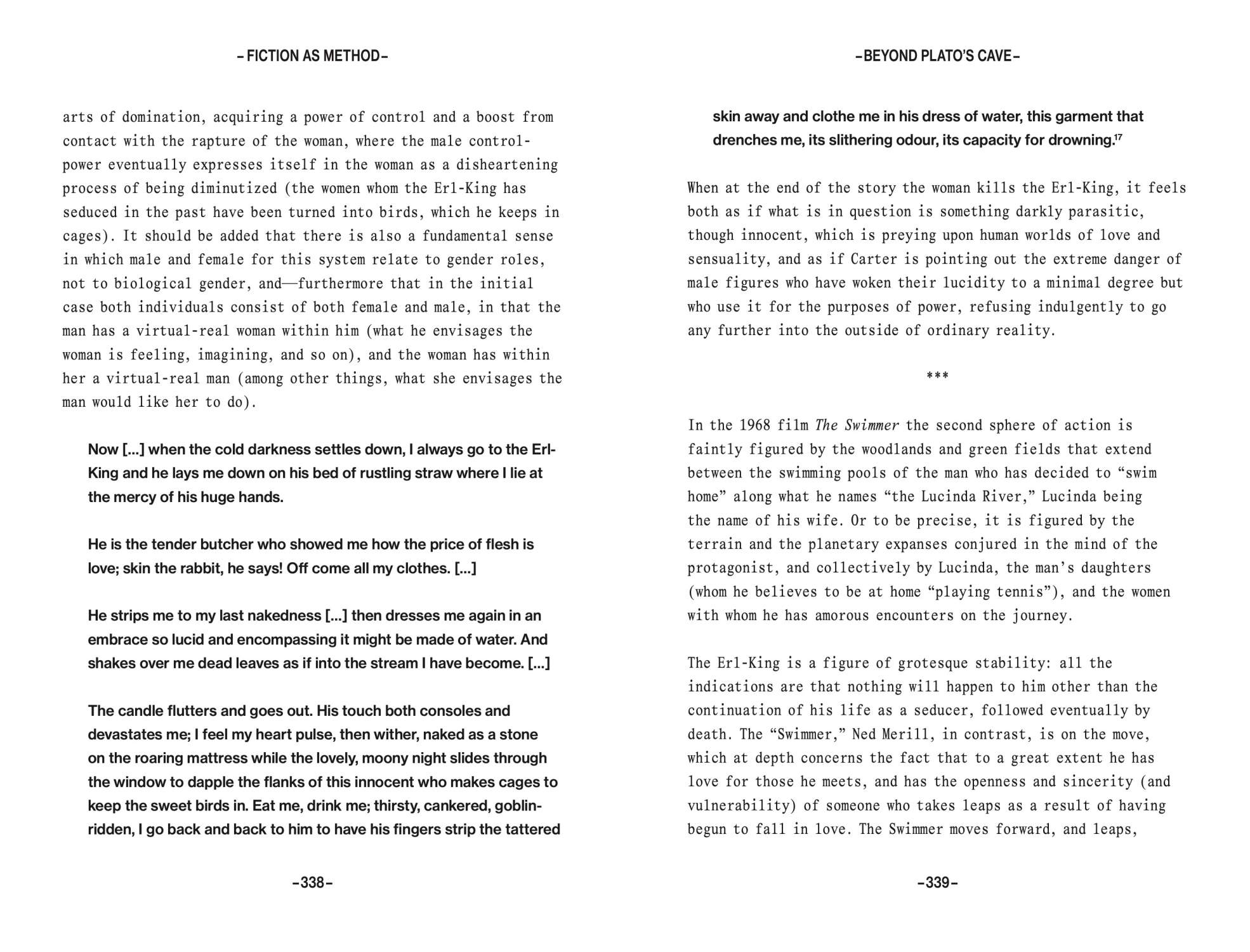
Fiction—it’s not just for storytelling anymore. This book takes readers on a whirlwind tour through a range of perspectives from the arts and the humanities in order to reveal fiction’s prevalence and functionality in the objects and processes that we are convinced are completely real. More significantly, however, it describes the myriad ways in which the elements that comprise this greater universe of fiction have been discovered, produced, harnessed, and/or used for purposes that stretch from the malevolent to the compassionate. This volume is a thought-provoking and enjoyable read—even at its most disconcerting moments.
Professor Emeritus, University of Buffalo, cofounder of Critical Art Ensemble
Fictions, by definition, are works that present us with unreal stories and situations. And yet, these fictions—novels, songs, pictures, theories, and so on—are themselves actual things in the world. They are processes, performances, and objects. They portray unrealities, but they themselves are real. The essays in this volume, from a wide variety of points of view, all consider the reality of avowed fictions: their powers and effects, both for good and ill.
DeRoy Professor of English, Wayne State University